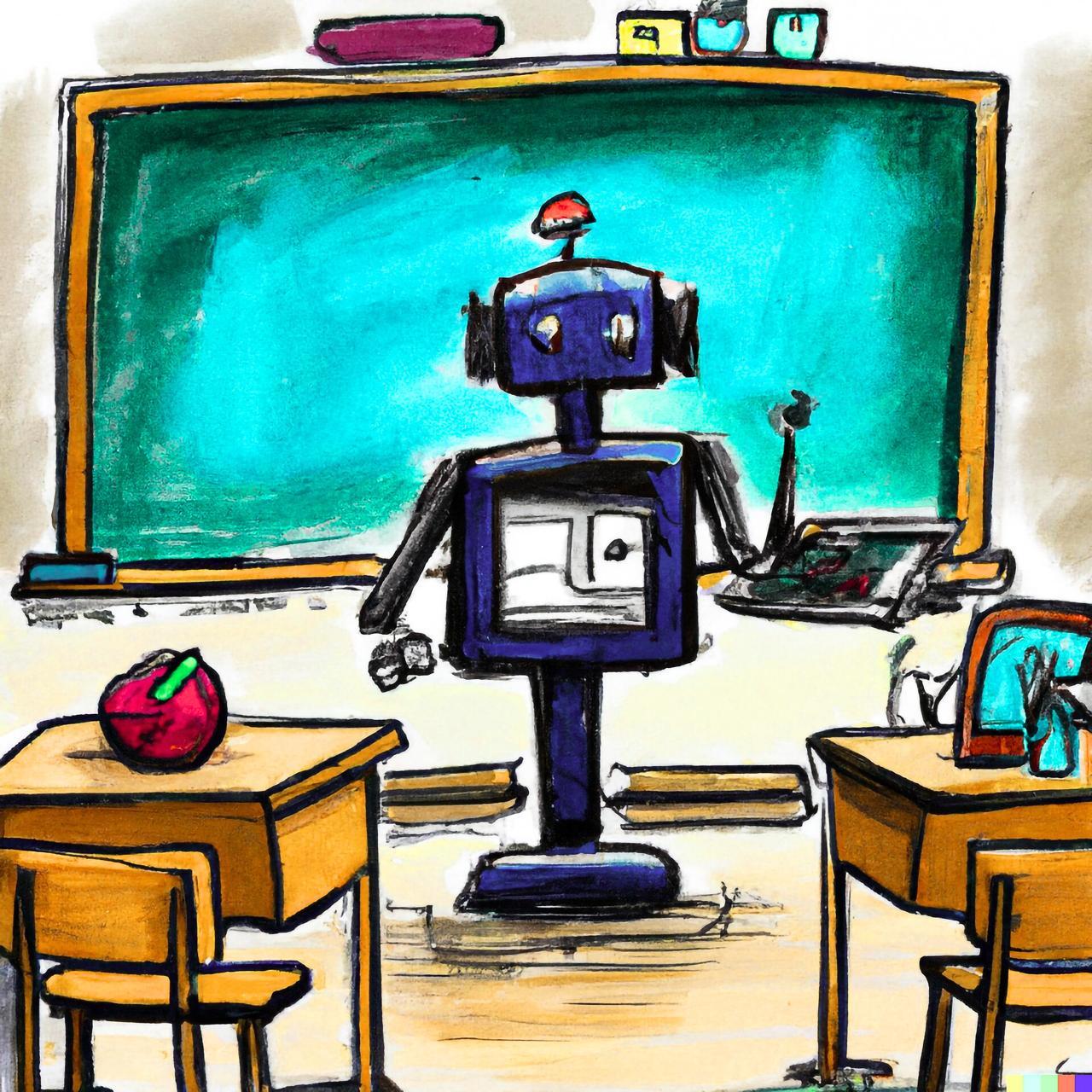
Artificial intelligence (AI) is rapidly transforming education — from unit planning and assessment practices to data-driven decision-making. As AI integration accelerates across classrooms and school systems globally, one reality is becoming increasingly clear: educators who fail to adapt risk becoming less relevant, while those who embrace AI will enhance both their professional impact and future in the field.
Many educators are already burdened by time-consuming tasks such as grading assignments, designing quizzes, translating texts, and creating differentiated activities. AI offers a powerful ally in this work. Tools like Diffit and Canva, for example, now enable the quick creation of instructional content tailored to individual learners in minutes rather than hours.
In classrooms from Singapore to the United States, teachers are already using AI tools to streamline lesson preparation, freeing up valuable time to focus on what matters most: student learning, engagement, and connection.
Yet efficiency is just the beginning.
AI makes personalized learning truly scalable, allowing for real-time adaptation to students’ academic levels, learning needs, and language backgrounds. With adaptive quizzes, instant feedback, and AI-generated texts, teachers can more effectively support diverse learners. What was once an aspirational goal, true differentiation, is now achievable with the right tools and training.
Beyond the classroom, AI also empowers school leaders. Administrators are using AI for scheduling, internal communications, and performance data analysis—reducing administrative burdens and creating more space for strategic work like teacher development, instructional leadership, and student support.
Globally, forward-thinking schools are implementing AI-powered dashboards that flag student risk factors, track attendance trends, and generate real-time insights. The result: more timely interventions and better-informed decisions at every level of the system.
For schools that resist integrating AI, the disadvantages are becoming increasingly difficult to ignore. Manual tasks continue to pile up, leaving educators overwhelmed by mounting workloads. Instruction remains rigid, with limited capacity to respond to individual student needs. As AI fluency becomes a baseline expectation in education, those without it risk falling behind; professionally and institutionally. Teachers proficient in AI are already seeing new opportunities in hiring, promotion, and leadership, as the profession shifts toward a more tech-integrated future.
Recent surveys show that nearly half of U.S. educators are already using ChatGPT, many as a regular planning assistant. This signals more than curiosity; it reflects a growing professional standard around AI literacy. But meaningful implementation is critical. The aim is not to adopt AI for novelty’s sake, but to integrate it thoughtfully and ethically into school systems.
Effective use of AI in education depends on clear policy frameworks that ensure ethical practices and protect student data. It requires transparent communication with staff, students, and families to build trust and understanding. Professional development must be sustained, giving educators time and space to explore, reflect, and evaluate tools in context. Additionally, curriculum design needs to evolve to embed AI literacy, for both teachers and learners, ensuring relevance in a rapidly changing world.
Research consistently shows that success with educational technology hinges not only on access to tools, but on careful planning, ongoing learning, and strong teacher engagement. AI is not a passing trend. Like the shift from chalkboards to tablets, it represents a new chapter in education’s evolution. As demonstrated by initiatives like the Harris Federation in the U.K. and Oak National Academy, AI can significantly reduce teacher workload while enriching the student learning experience—when implemented with purpose and the right support.
The opportunity is clear. So is the risk of inaction. Teachers and school leaders must take an active role—testing tools, shaping policies, and embedding AI literacy into practice. This is not optional; it is essential for relevance, equity, and preparing students for an AI-augmented world.
If your school has not yet explored AI integration, the key is to start small. Pilot tools that reduce administrative workload, experiment with AI for lesson differentiation or multilingual communication, and prioritize staff training. Questions and uncertainties will arise—embrace them as part of the learning process.
Engage with professional learning communities or online forums dedicated to AI in K–12 education. Share your experiences, challenge your assumptions, and contribute to the evolving dialogue.
At Enmaeya, we believe educators are not passive recipients of change—they are the designers of it.
The question is no longer whether AI will shape education; it already is. The real choice is whether we will shape how it’s used—or allow ourselves to be shaped by it.
By Rania Jibai, Education Expert



